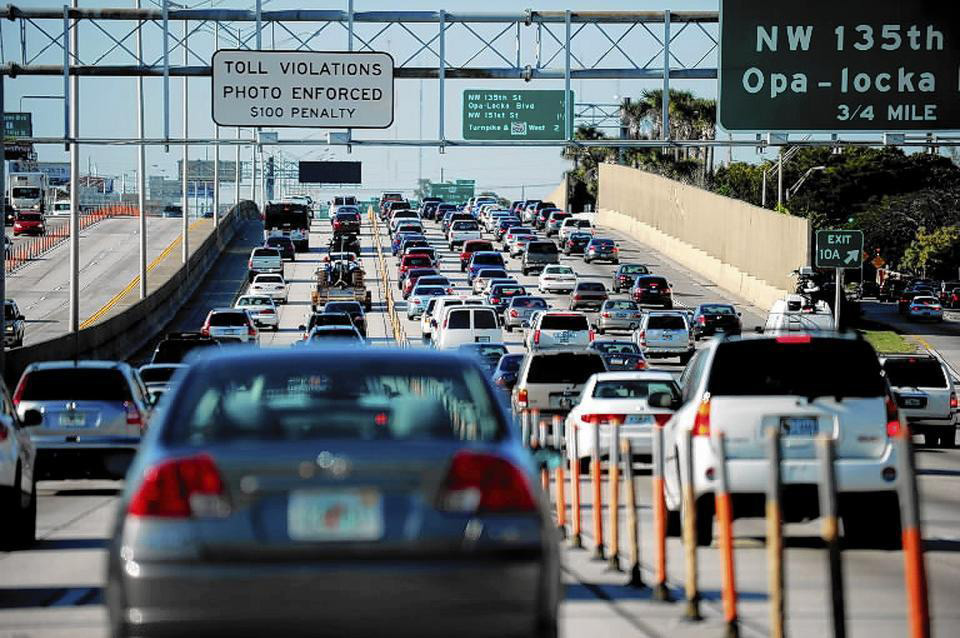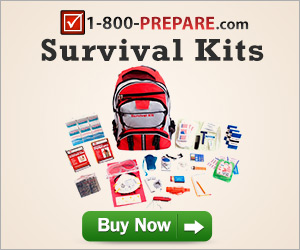- Wait for the all-clear to be given and the evacuation order to be lifted. You actually help others by not being in the way while crews are still trying to open roads, restore power, restore water, etc. Delaying your return could also mean better traffic for you and less time spent sitting in the car.
- Gas up often on the way back and try to arrive home with a full tank. Local stations may be closed for a while.
- Buy groceries and supplies where you are today to bring home with you. Local stores may also be closed for a while.
- The same goes for any medications you may have to refill. Get them where you are before heading home.
- When arriving home do a “dashboard survey” where you look at your home, yard, etc. before even getting out of the car (where you’re protected). Sections of power lines might be down (which on moist ground can electrocute you), limbs may be hanging by a thread and ready to fall, trees may still fall while the ground is wet, and be sure to look out for displaced animals (especially snakes) that may have chosen your yard as their evacuation destination.
- Repeat numbers 3 through 5 for your pet as well, and don’t let your pet out in your yard unattended. Snakes may be a threat, and who knows what has washed into the yard that may be toxic to your four-legged loved ones.
- Pass this list along to those around you who may have also evacuated.
About the author: Paul Purcell is a security analyst and preparedness consultant and is the author of “Disaster Prep 101” (www.DisasterPrep101.com.) Copyright Paul Purcell. Permission is granted to reprint this article provided all portions stay intact.



